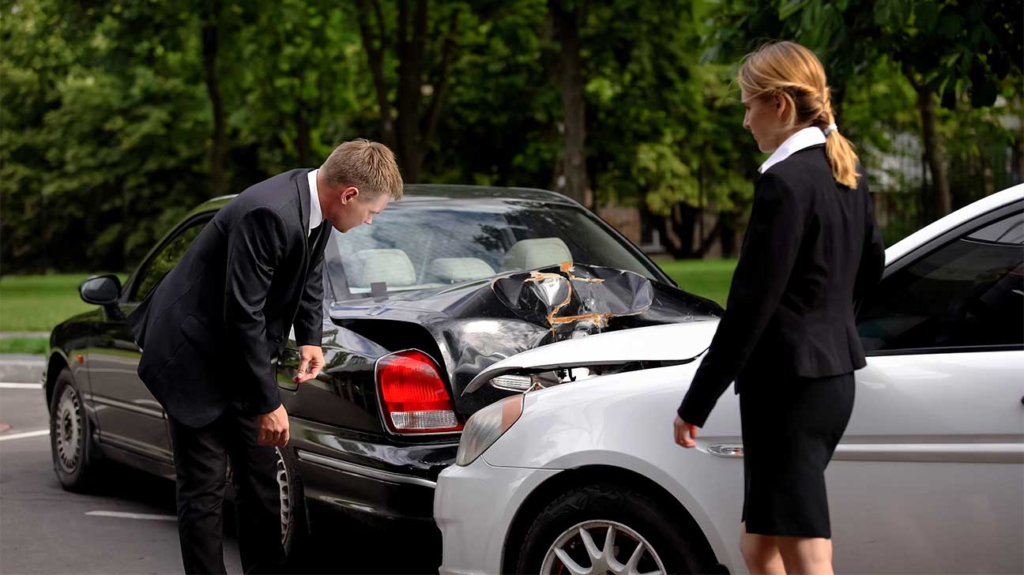Ridesharing services like Uber have revolutionized urban transportation, offering convenience and affordability. However, the rise of Uber driver accidents has become a growing concern for passengers, drivers, and policymakers alike. This article explores the causes, consequences, and legal implications of Uber driver accidents, providing insights into how such incidents can be prevented.One of the primary causes of Uber driver accidents is distracted driving. Many drivers rely heavily on GPS navigation and the Uber app, which can divert their attention from the road. Additionally, the pressure to accept ride requests quickly or maintain high ratings may lead to reckless behavior. Common distractions include:
- Checking the Uber app for new rides
- Responding to passenger messages
- Adjusting GPS routes mid-drive
Another significant factor is driver fatigue. Uber drivers often work long hours to maximize earnings, leading to exhaustion. Fatigue impairs reaction times and decision-making, increasing the likelihood of accidents. Studies have shown that rideshare drivers are more prone to drowsy driving compared to traditional taxi drivers due to the gig economy’s unpredictable schedules.The consequences of Uber driver accidents can be severe. Passengers may suffer physical injuries, emotional trauma, and financial burdens from medical bills. For drivers, an accident can result in lost income, increased insurance premiums, or even deactivation from the platform. Legal complications often arise, as determining liability can be complex. Key questions include:
- Is the Uber driver considered an employee or independent contractor at the time of the accident?
- Does Uber’s insurance policy cover the damages?
- Can the passenger sue the driver, Uber, or both?

Uber provides liability coverage for its drivers, but the extent of coverage depends on the driver’s status during the accident. If the driver was actively transporting a passenger, Uber’s $1 million liability policy typically applies. However, if the driver was waiting for a ride request, coverage may be limited. This gray area often leads to disputes between drivers, passengers, and insurance companies.To reduce the risk of Uber driver accidents, several measures can be implemented. Drivers should prioritize safety over speed, taking regular breaks to avoid fatigue. Passengers can also play a role by reporting unsafe driving behavior through the Uber app. Additionally, Uber could enhance its safety protocols by:
- Implementing stricter driver screening processes
- Offering fatigue management training
- Introducing in-app features that discourage distracted driving
In conclusion, Uber driver accidents are a multifaceted issue with significant repercussions. By understanding the causes and legal complexities, both drivers and passengers can take steps to mitigate risks. As the ridesharing industry continues to grow, addressing these challenges will be crucial for ensuring safer roads for everyone.

